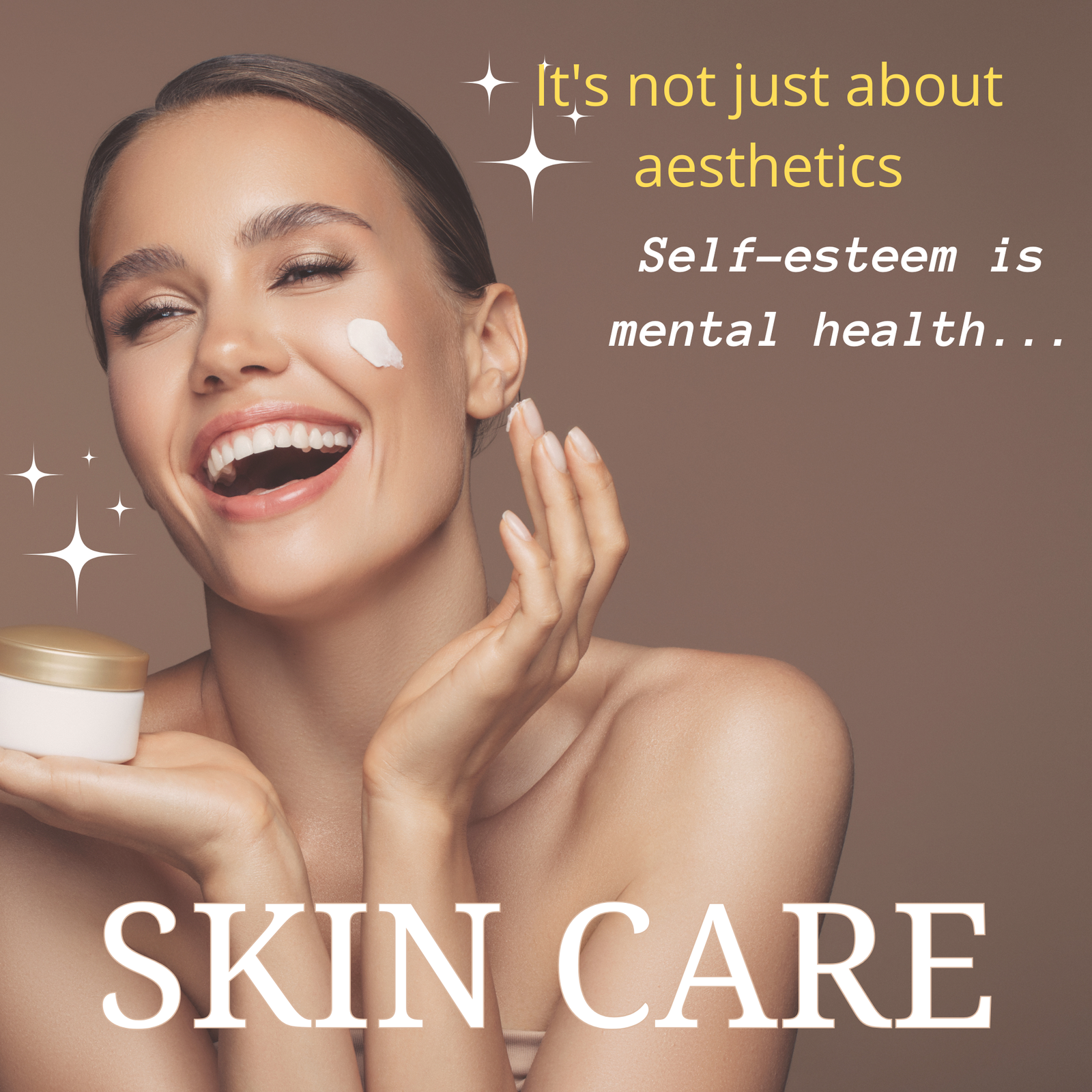Since ancient times, many have sought ways to maintain a youthful appearance, often at great expense.
Today, this trend remains unchanged. Now more than ever, methods, techniques, and treatments designed to maintain that “youthful glow” are proliferating everywhere.
The anti-aging industry accounts for billions of dollars spent in the hope of delaying the signs of aging skin. Unfortunately, many people lack proper information about how and why the skin ages, leading them to purchase products that only offer short-term results. That’s why it’s important to understand how the skin evolves over time.
By understanding the “how” and “why” of skin aging, the right habits and treatments can be developed to maintain a youthful appearance for as long as possible.
Types of Skin Aging
There are two main types of skin aging:
- Intrinsic Aging: This refers to the natural aging process caused by internal factors such as genetics and overall body condition.
- Extrinsic Aging: This is caused by external factors like sun exposure and lifestyle choices.
Intrinsic (Internal) Aging
Aging is a natural process, and our genes play a significant role in how each person goes through this process.
For some, aging might begin earlier or later than average. On average, signs of skin aging start appearing in the mid-20s. As we age, the skin’s elasticity begins to diminish. This is because skin cells no longer regenerate as quickly as they used to, resulting in firmer, older-looking skin.
Although internal aging starts in your 20s, typical signs like wrinkles and skin sagging don’t usually appear until around your 30s or later.
Other indicators of aging include:
- Thinning skin.
- Loss of firmness.
- Dryness.
- Reduced sweat production, which affects the body’s ability to cool itself properly.
Extrinsic (External) Aging
External factors can accelerate the skin’s aging process, even when genetics are favorable. Lifestyle choices, sun exposure, and bad habits often lead to premature skin aging.
With the current state of our atmosphere, harmful sun rays penetrate the ozone layer more than usual, causing skin damage and impairing its ability to repair itself.
Over time, even just a few minutes of daily exposure to ultraviolet (UV) rays can result in skin changes such as:
- Freckles.
- Age spots.
- Rough skin.
A more severe consequence is the increased risk of skin cancer.
Dermatologists refer to this sun-induced aging as photoaging. Sun rays reduce collagen, which is essential for maintaining skin elasticity.
Photoaging susceptibility depends on the amount of pigment in the skin and the frequency and duration of sun exposure.
Fair-skinned individuals and those who spend long hours in the sun are more likely to experience pronounced effects of photoaging compared to people with darker skin tones who avoid prolonged sun exposure.
Facial Exercises
Ironically, facial exercises, often recommended to prevent wrinkles, can actually contribute to their development. These exercises cause facial muscles to fold and crease the skin.
As skin elasticity decreases with age, the skin begins to “hold” these creases, leading to deeper and more permanent wrinkles on the face.
Smoking
Smoking not only damages the body internally but also affects it externally, especially the skin. Nicotine consumption accelerates the breakdown of skin cells and causes other harmful effects.
It’s common for long-term smokers to appear older than non-smokers. In addition to wrinkles, smokers often experience yellowish skin discoloration.
The good news is that those who quit smoking often see improvements in their skin condition shortly after stopping.
Embracing the Aging Process
Signs of skin aging inevitably appear in everyone at some point. While a wide range of products and treatments can help delay external symptoms, they only offer temporary solutions.
Perhaps the best approach is to understand the aging process and see it not as a disease, but as another stage of development that the body naturally undergoes.
